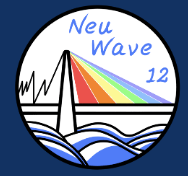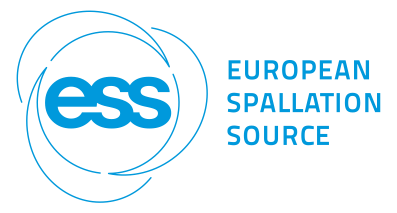Speaker
Description
Recent advancements in an energy-selective neutron imaging method at the ISIS Neutron and Muon Source enable to perform Neutron Resonance Transmission Imaging (NRTI) within the framework of a completely non-destructive multi-techniques protocol for characterising samples in the field of Heritage and Planetary sciences.
NRTI is a non-destructive nuclear technique based on resonant neutron absorption, which merges sensitivity to elemental and isotopic composition with detailed morphological 2D data by exploiting the epithermal neutron flux available at the INES instrument of ISIS. NRTI is particularly promising for Cultural Heritage applications, especially when used alongside other techniques to provide comprehensive information about archaeological artefacts' composition and crystalline structure. A Heritage Science study is presented to demonstrate the effectiveness of NRTI in the investigations of heterogeneous artefacts, specifically focusing on excavation finds that provide the earliest evidence of ancient brass production in Milan, Italy, during Roman times [1].
Another explored field application of this imaging technique is the elemental mapping of meteorites [2]. Meteorites are a heterogeneous class of samples typically classified through average de-structive quantification and petrological observation, and generally, the dominant physical characterisation techniques are limited to the surface. On the other side, neutron techniques allow the study of the bulk part of the sample without causing significant damage. In this context, the application of Neutron Resonance Transmission Imaging (NRTI) for meteorite characterisation is proposed as part of a non-destructive protocol under development. Results and comparison with other imaging and spectroscopic methods will be discussed.
References
[1] G. Marcucci et al, “Mapping the elemental distribution in archaeological findings through advanced Neutron Resonance Transmission Imaging”, Eur. Phys. J. Plus 139, 475 (2024). https://doi.org/10.1140/epjp/s13360-024-05222-y
[2] R. Rossini et al, “A new multidisciplinary non-destructive protocol for the analysis of stony meteor-ites: gamma spectroscopy, neutron and muon techniques supported by Raman microscopy and SEM-EDS“, J. Anal. At. Spectrom., 2023,38, 293-302
| Abstract Topic | Application studies |
|---|

